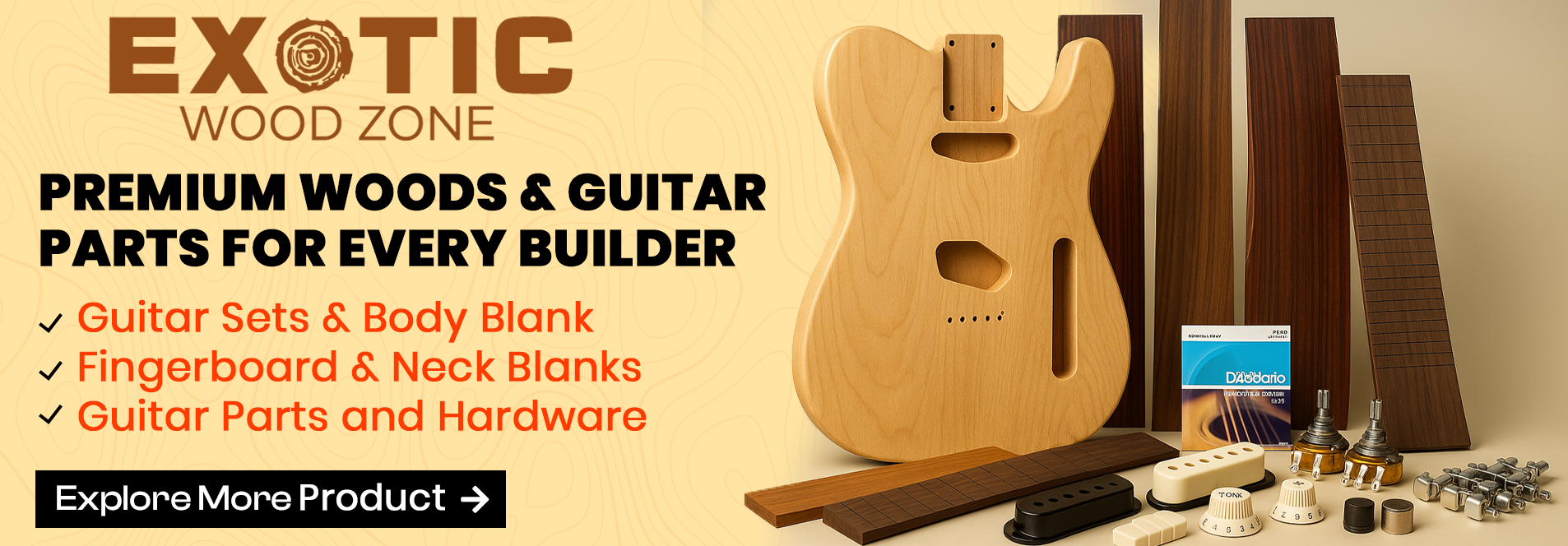Reading through this, it kinda makes sense, those of you with experience please let us know what you think.
"The frets on a guitar are strips of specially shaped wire with a "T" cross-section, whose "tang" fits into the fret slots cut in the fretboard. The tang has small bumps or barbs on its sides. The traditional way of affixing the frets to the fretboard is to cut the slots to the width of the tang without the barbs; the frets are then hammered into the slots, and the barbs grip the sides of the slot to hold the frets in. Unfortunately, the barbs not infrequently lose their grip, and the frets pop out of the slots, leading to buzzing while playing. Epoxy adhesives provide an alternate method for attaching the frets: the slots are cut to the width of the tang plus the barbs, and the frets are glued in with epoxy. The epoxy forms a little casting around the barbs, and thus holds the frets firmly in place, eliminating the tendency for them to pop out of the slots. The following illustrates this epoxy fretting method.
Surprisingly, the epoxy fretting method makes fret removal easy when it is time for the guitar to be re-fretted when the frets have become worn. Epoxy loses its strength when heated, so the frets are easily pulled from the fretboard if they are each first heated. This is accomplished with a soldering iron run back and forth across the fret surface. The epoxy which remains in the slot is then removed with a fine bit in a Dremel tool. With the traditional method, the barbs have a tendency to cause the fretboard to chip at the edges of the slots when the frets are pried from the fretboard; this doesn't occur with the epoxy fretting method, since the width of the slot includes the width of the barbs."
Please assess this fretting method
-
deadedith
-
kencierp
Re: Please assess this fretting method
VERY! Time consuming -- messy -- unnecessary
This method is from Teeter's repair manual and it does make sense there, where he is repairing an old "plastic bound" fingerboard. You must have the fret wire prefectly curved and also need clamping station
A convensional fret job using white glue as a "lube" and as a retention insurance policy -- is quick and will not fail.
Personally, as described in my frettig tutor I put a droplet of CA on the fret ends.
This strctly my opinion.
This method is from Teeter's repair manual and it does make sense there, where he is repairing an old "plastic bound" fingerboard. You must have the fret wire prefectly curved and also need clamping station
A convensional fret job using white glue as a "lube" and as a retention insurance policy -- is quick and will not fail.
Personally, as described in my frettig tutor I put a droplet of CA on the fret ends.
This strctly my opinion.
-
tippie53
- Posts: 7164
- Joined: Fri Mar 03, 2006 7:09 pm
- Location: Hegins, Pa
- Contact:
Re: Please assess this fretting method
I don't like to epoxy frets. The tighter the frets the better . Most issues in fretting are dry fitting frets . I use glue but more for a lubricant and filler . If you use a non adjustable truss rod this method will not work.
I only know 1 builder that uses this method .
I only know 1 builder that uses this method .
John Hall
Blues Creek Guitars Inc
Authorized CF Martin Repair Center
president of Association of Stringed Instrument Artisans
http://www.bluescreekguitars.com
Blues Creek Guitars Inc
Authorized CF Martin Repair Center
president of Association of Stringed Instrument Artisans
http://www.bluescreekguitars.com

